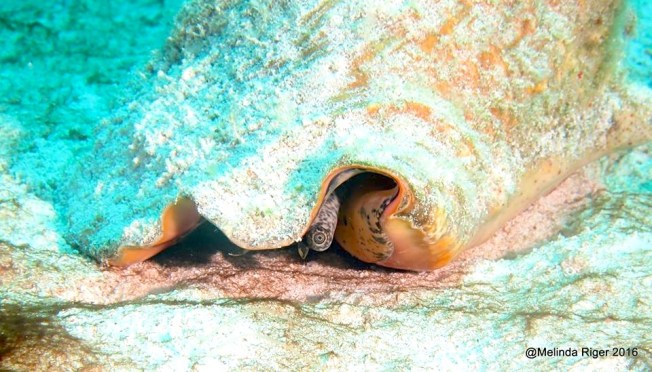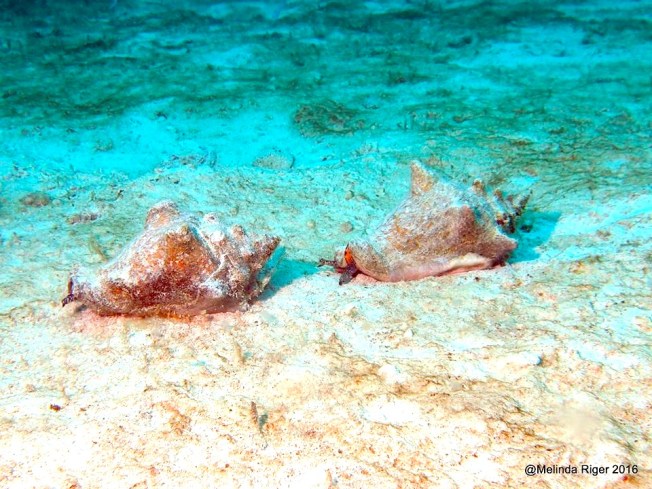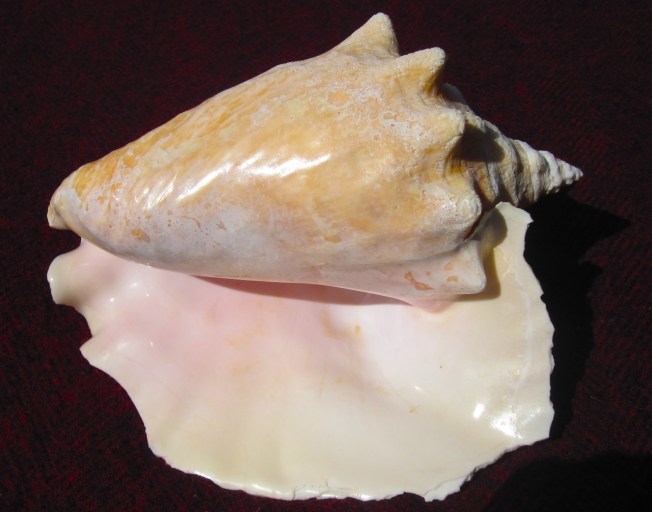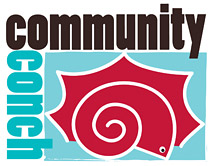CONCH QUEST: ABACO’S MOST VERSATILE GASTROPOD
The conch. Such a fascinating gastropod, and with so many uses both culinary and decorative. In certain cultures, religiously significant. A rudimentary musical instrument for a shell. And did I mention delicious?
Live conchs enjoy motoring around uninhibitedly on the sea floor, keeping an eye out…


Conchs also enjoy racing each other…
“Eat my dust…”
Conch Pearl – one of the rarest natural pearls in the world
A conch spiral close-up

Conch shells just lie around the place at Sandy Point

Conchs are widely used for serving cocktails or as ashtrays in the best beach bars*
*This is a lie. Sorry about that. I meant to say “make prefect table decorations”
Image credits: Keith Salvesen / RH (1, 9, 10 ,11); Melinda Riger / GB Scuba (2, 4, 5, 6); Charmaine Albury (3); AmbergrisCaye.com (7); Rhonda Pearce (8)





































You must be logged in to post a comment.